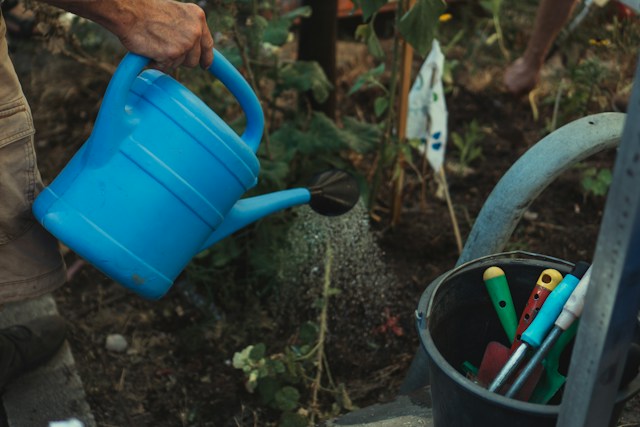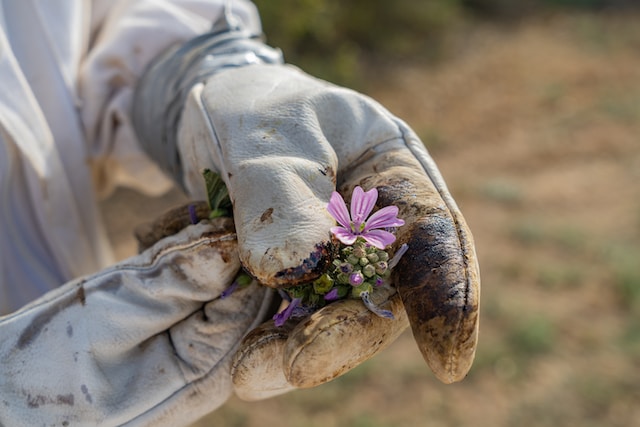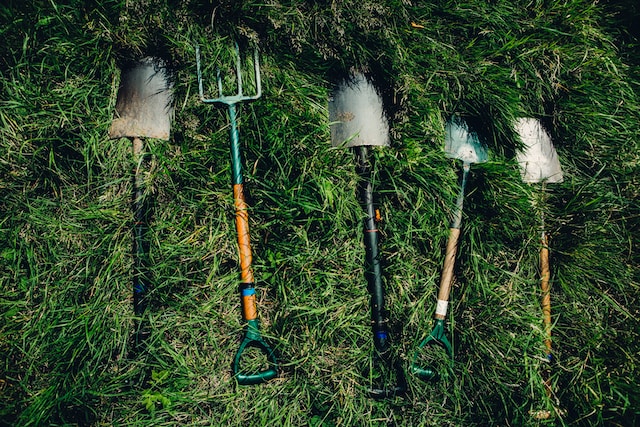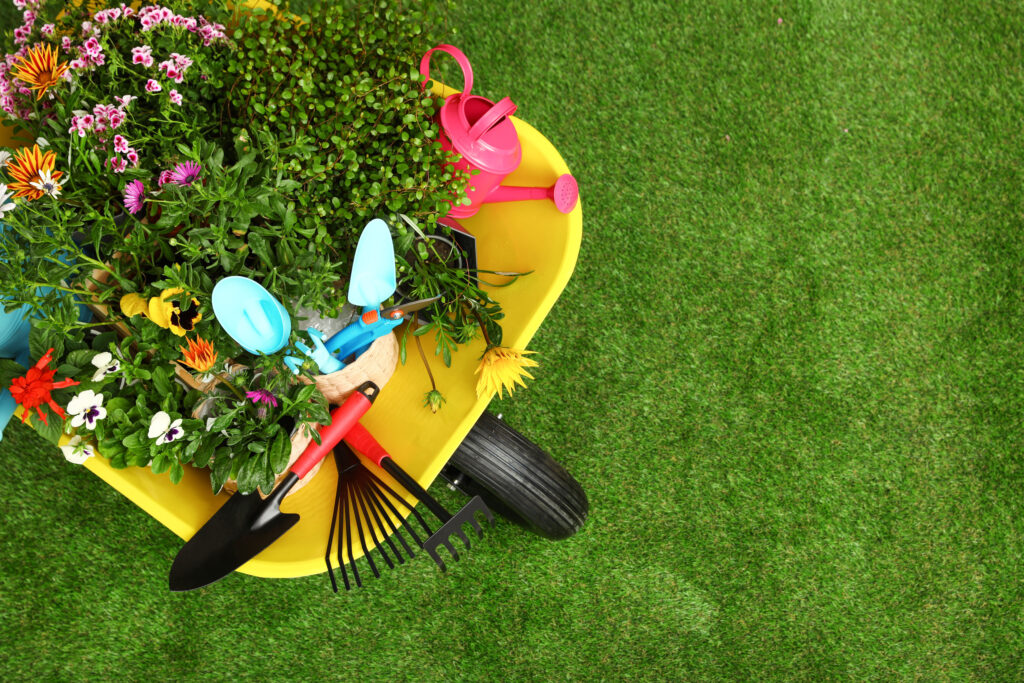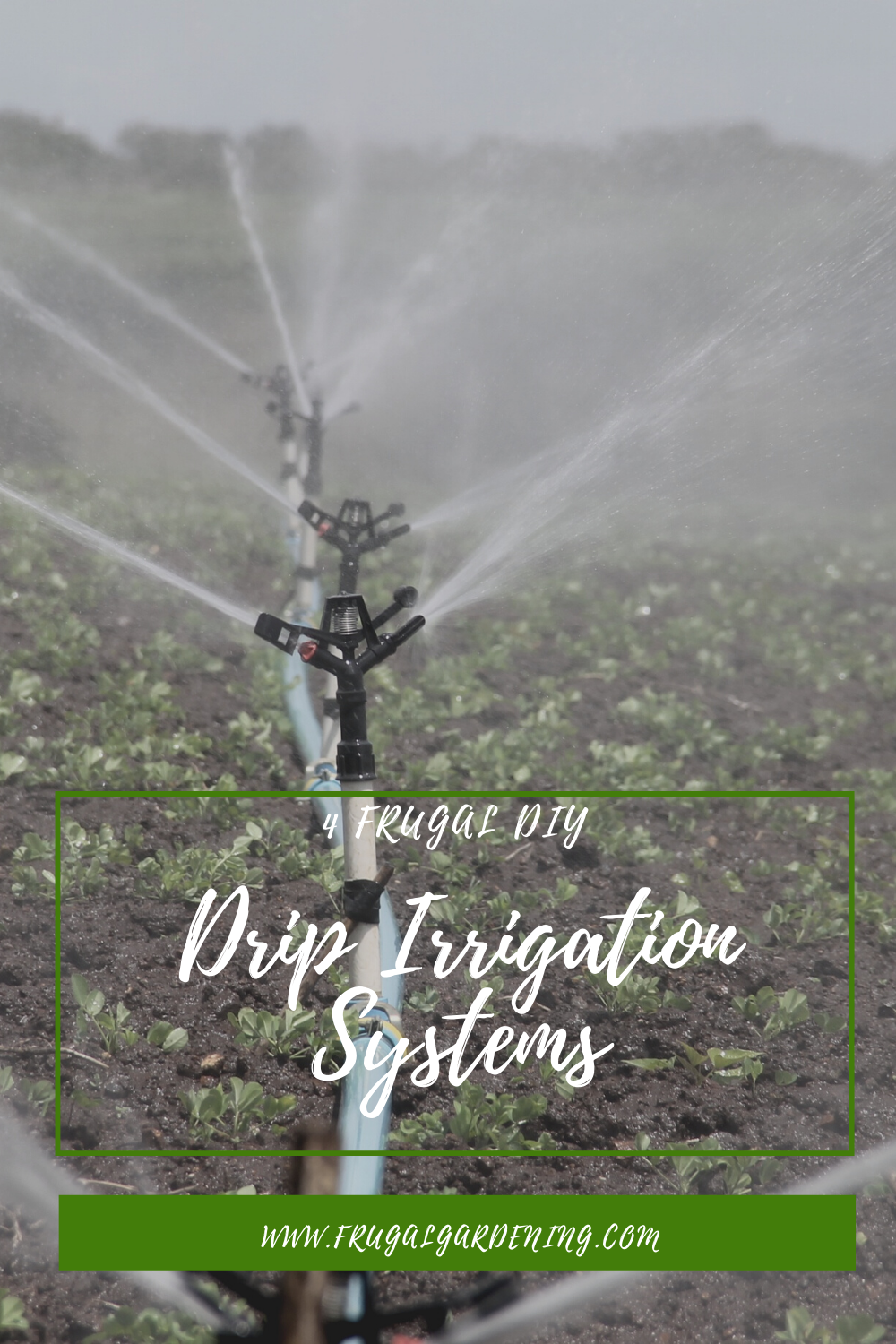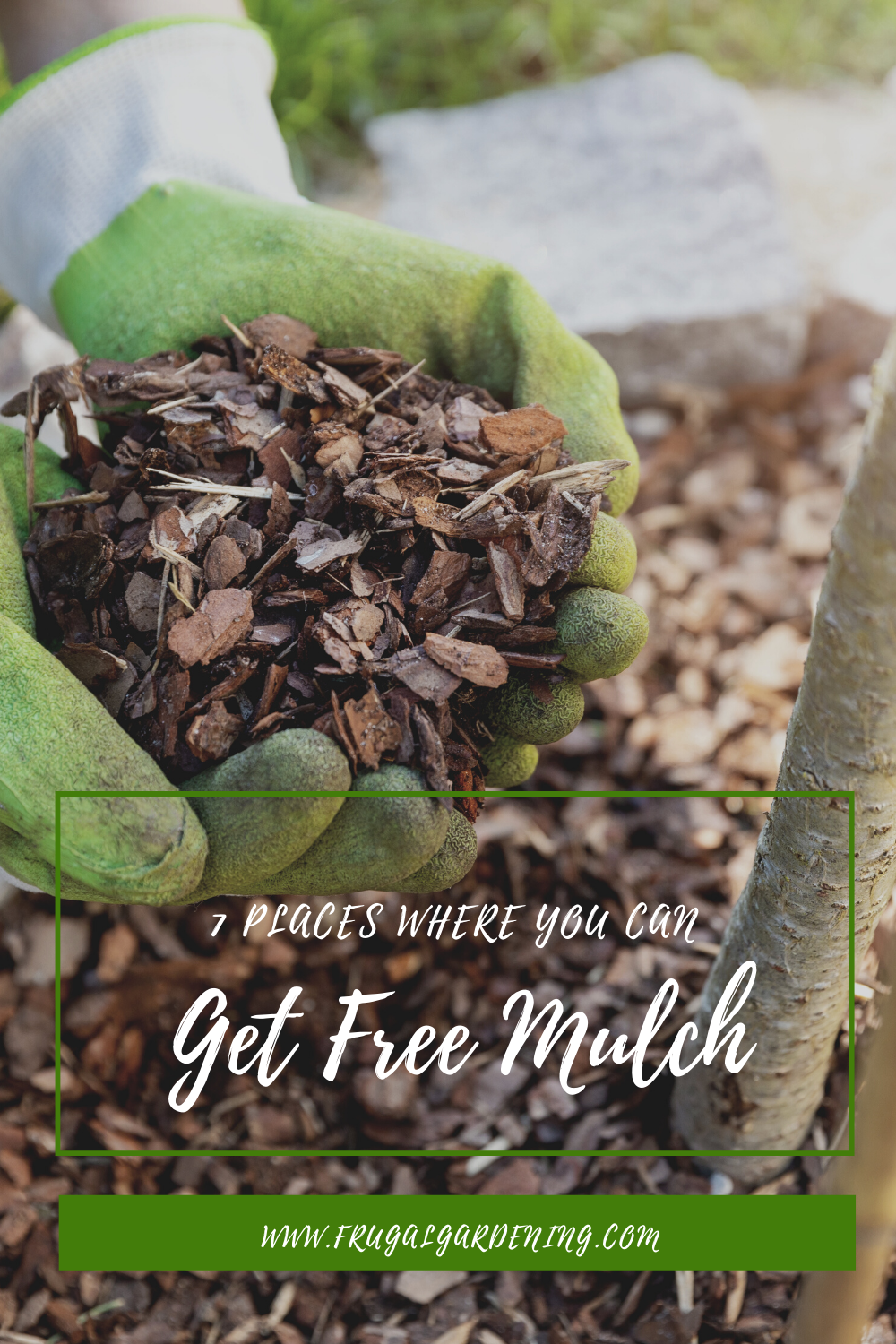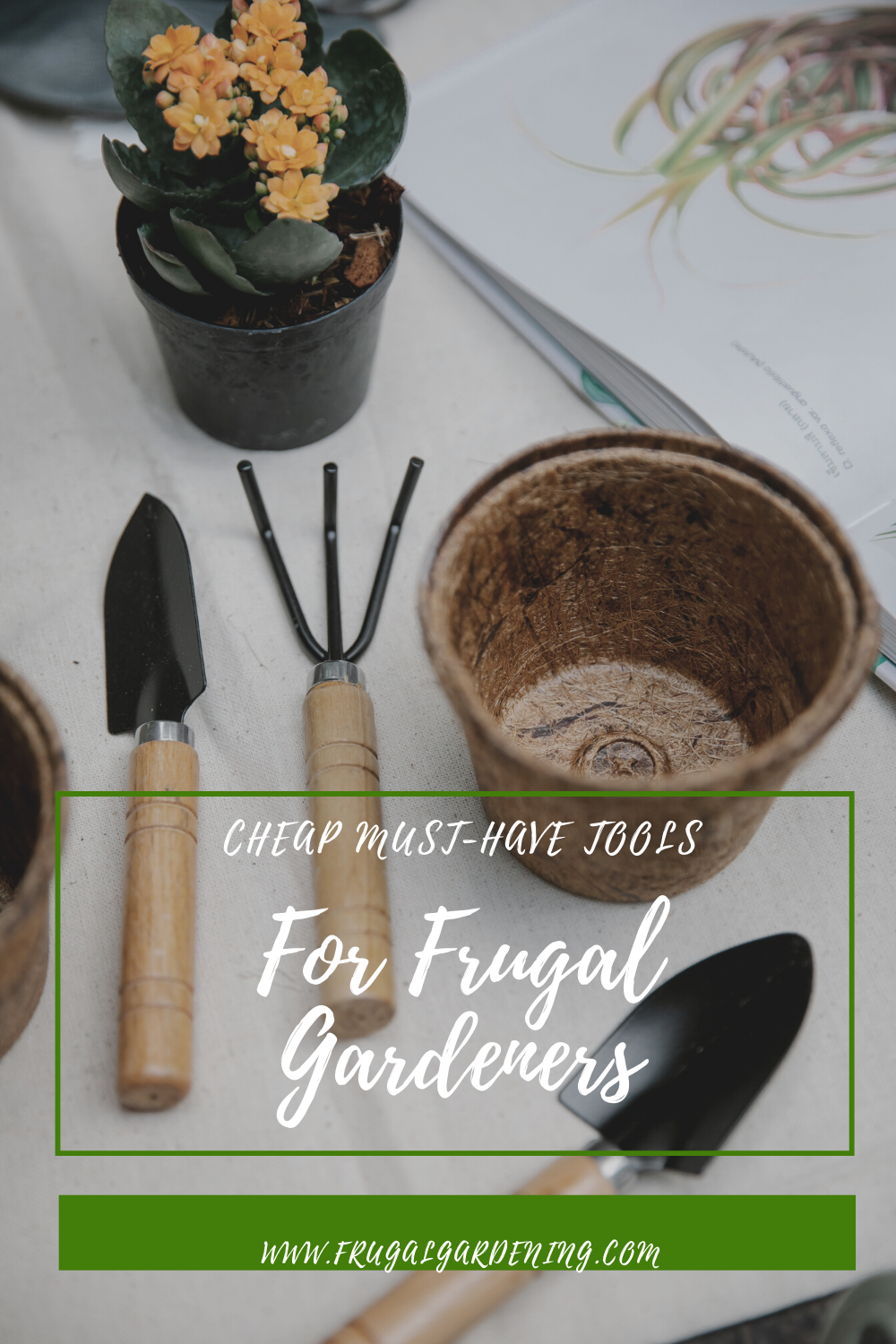5 Best Hose Nozzles for Gardening
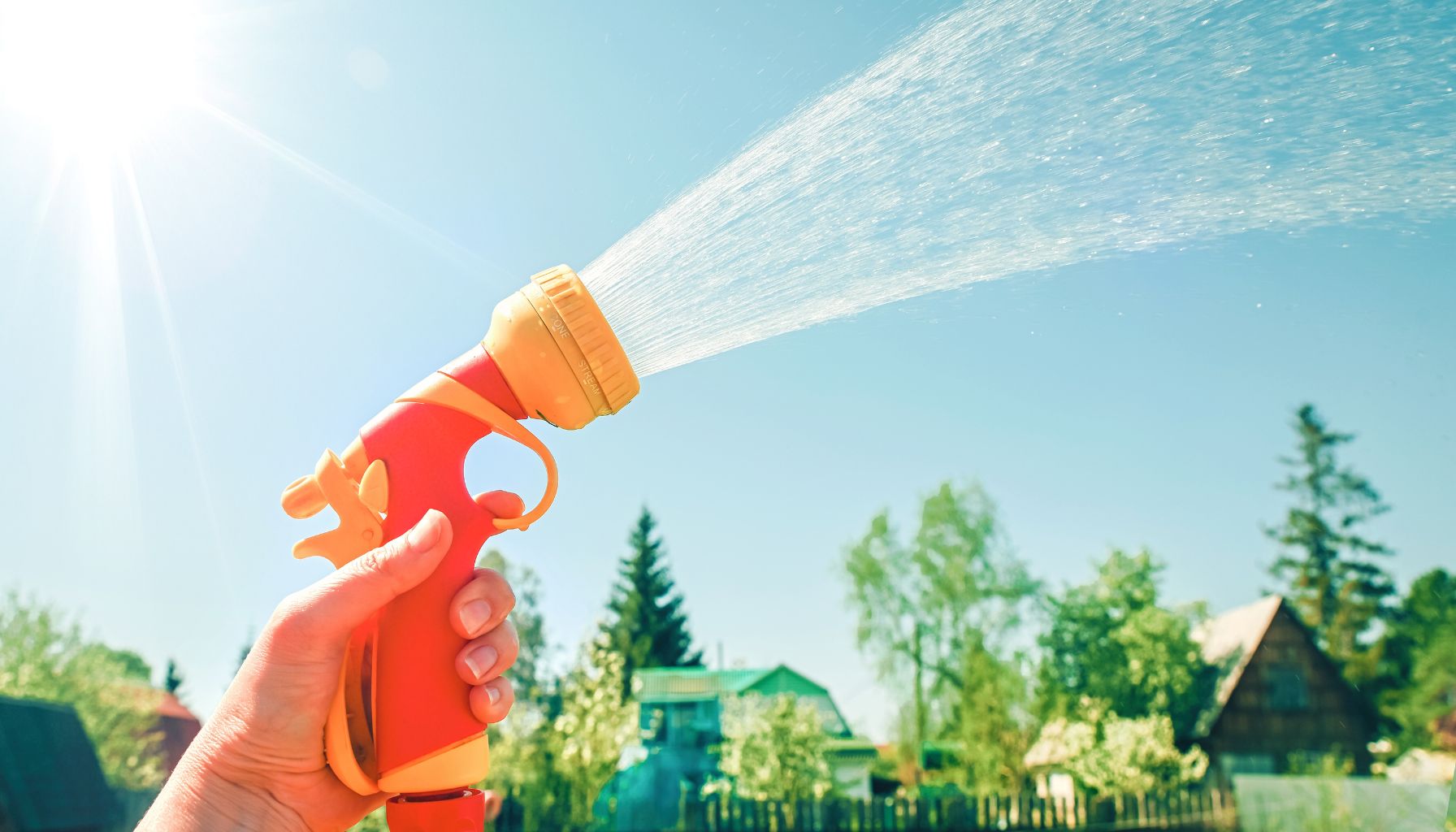
Canva
Choosing the best hose nozzle for gardening can make a significant difference in your gardening experience. With the right nozzle, you can efficiently water your plants, clean your tools, and even wash your car. In this article, we’ll explore the top hose nozzles for gardening, highlighting their features and benefits. Let’s dive into the best options available and find the perfect fit for your gardening needs.
1. Gilmour Full Size Zinc Pistol Grip Nozzle
The Gilmour Full Size Zinc Pistol Grip Nozzle is a top choice for durability and versatility. Made from sturdy zinc, this nozzle is built to last. Its adjustable spray pattern allows you to switch from a gentle mist to a powerful jet. The pistol grip design ensures comfortable use, even during extended watering sessions. This nozzle is ideal for gardeners who need a reliable, all-purpose tool.
2. Melnor Metal Garden Hose Nozzle
The Melnor Metal Garden Hose Nozzle is perfect for those who need precision and control. With its heavy-duty metal construction, it offers longevity and reliability. The nozzle features seven different spray patterns, making it suitable for various gardening tasks. Its ergonomic grip reduces hand fatigue, allowing for comfortable use. This versatile nozzle is a great addition to any gardener’s toolkit.
3. Dramm 12380 Heavy-Duty Brass Adjustable Hose Nozzle
For those seeking a high-quality, durable option, the Dramm 12380 Heavy-Duty Brass Adjustable Hose Nozzle is an excellent choice. Made from solid brass, this nozzle is built to withstand tough conditions. Its adjustable spray allows for everything from a fine mist to a strong stream. The heavy-duty construction ensures it will last for years. This nozzle is perfect for gardeners who demand performance and durability.
4. GREEN MOUNT Water Hose Nozzle
The GREEN MOUNT Water Hose Nozzle is designed for comfort and efficiency. It features a thumb control design for easy adjustment of water flow. The nozzle offers multiple spray patterns, catering to different gardening needs. Its lightweight construction makes it easy to handle, while the soft rubber grip provides comfort. This nozzle is ideal for those who want a user-friendly and versatile gardening tool.
5. Bon-Aire Original Ultimate Aluminum Hose Nozzle
The Bon-Aire Original Ultimate Aluminum Hose Nozzle stands out for its unique design and functionality. Made from aircraft-grade aluminum, it’s incredibly durable and resistant to rust. The nozzle features five spray patterns, including a powerful jet and a gentle fan. Its ergonomic design ensures a comfortable grip, even with wet hands. This nozzle is perfect for gardeners looking for a high-performance, long-lasting tool.
Choosing the Best Hose Nozzle for Your Garden
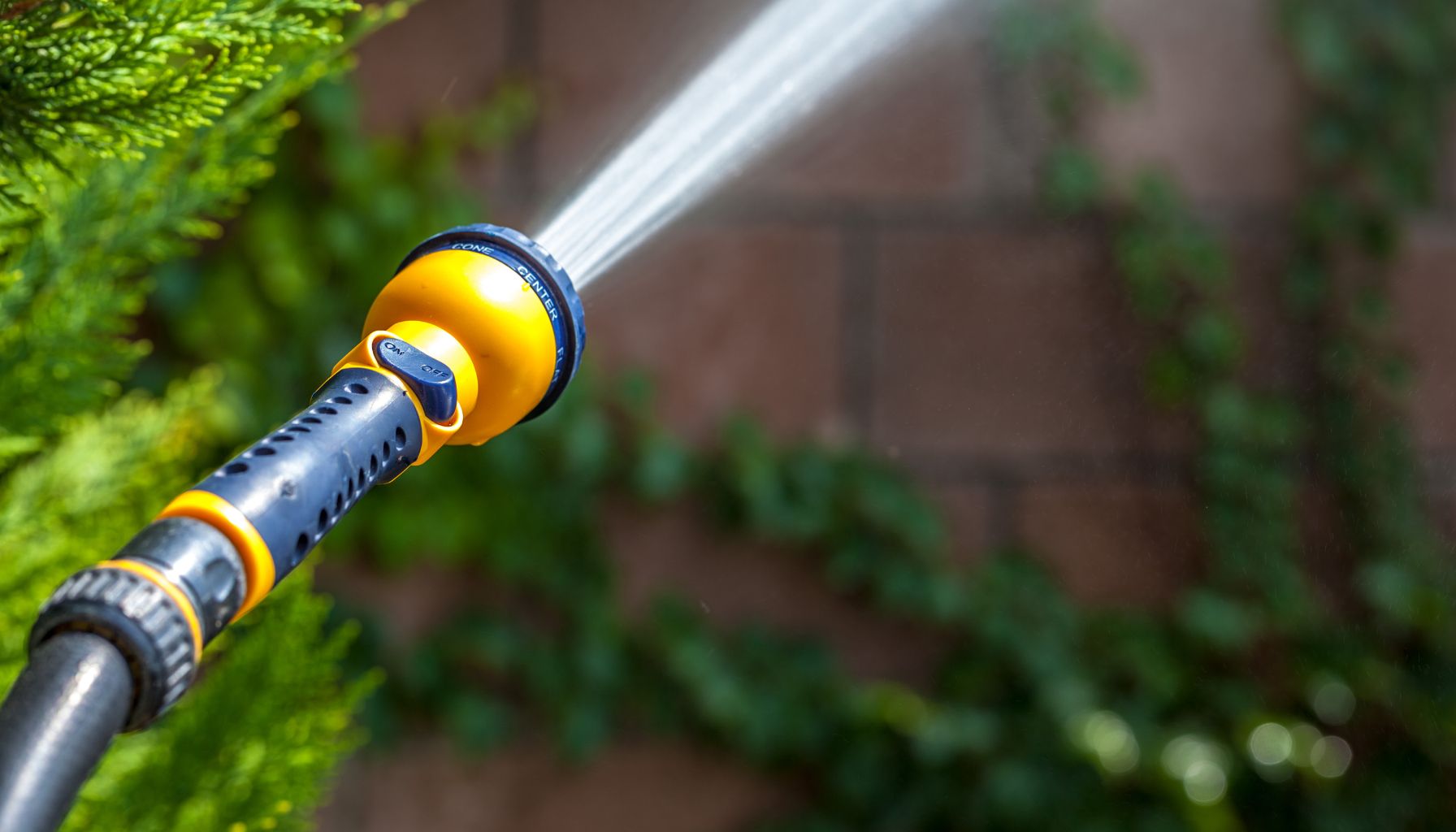
Canva
Selecting the best hose nozzle for gardening can greatly enhance your gardening experience. Whether you need a durable option like the Dramm 12380 or a versatile choice like the Gardenite Heavy Duty Nozzle, there’s a perfect nozzle for every gardener. Consider your specific needs and preferences to find the right tool for you. With the right nozzle, you’ll make watering your garden a breeze and keep your plants healthy and thriving.
